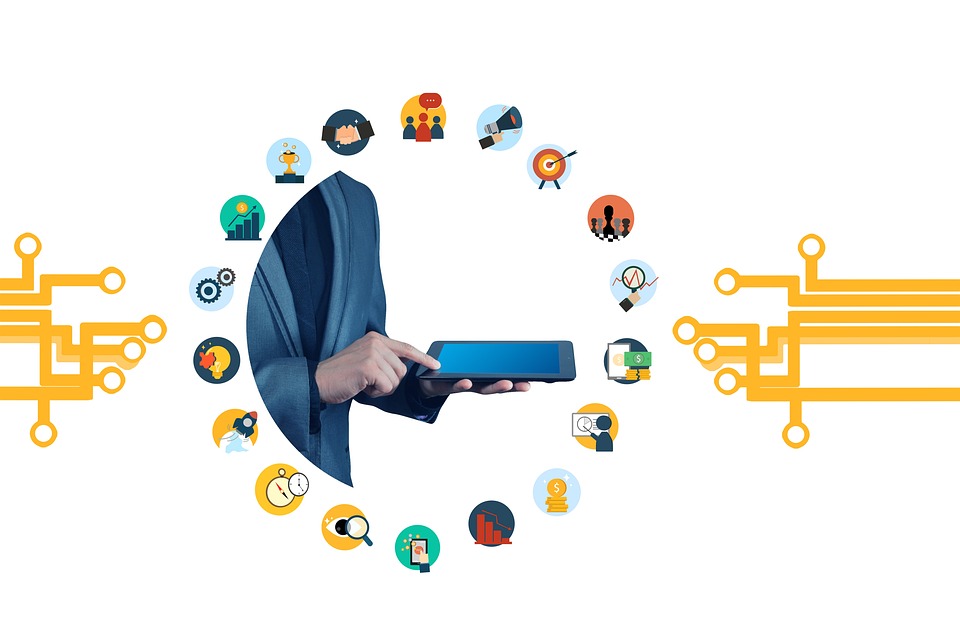ChatGPT is a generation version of the popular GPT-3 language developed by OpenAI. It has been specially designed for use in chatbot applications, and has been trained on large amounts of conversational data to allow it to generate human-like responses to user input. In this article, we will explore some of the main uses of ChatGPT and the benefits it provides.
One of the main uses of ChatGPT is to create a chat for service and customer support. ChatGPT can be used to provide quick and accurate responses to customer inquiries, freeing human customer service representatives to perform complex and time-consuming tasks. This can help improve customer support efficiency and reduce the workload of human resources. Another possible use of ChatGPT is to create chats for different applications. ChatGPT can be used to run chat services that help users navigate websites or apps, or provide real-time user information and support. This can be especially useful for applications that require a high level of user interaction, such as e-learning platforms or productivity tools.
Another area where ChatGPT can be useful is in the development of social media marketing. These interactive chats can be used to automate the management of customer inquiries and complaints on social media platforms, as well as analyze and respond to user feedback and interactions. This can help improve the efficiency and effectiveness of social media campaigns, as well as improve the overall customer experience. One of the advantages of ChatGPT is its ability to learn and adapt to user input. As it refines the data, it gets better at understanding the nuances of language and generating responses that match the way people communicate. This means that chatGPT can be more useful as they learn from their interactions with users.
Another advantage of ChatGPT is its scalability. Because it is a large form of language, it can handle many inputs and responses in different languages. This makes it a good choice for organizations that want to handle customer inquiries or provide support in multiple languages. A potential limitation of ChatGPT is its reliance on trained data. Although it is trained in big data, it may not be able to generate a response to an input that is very different from what it has seen before. However, it is possible to customize ChatGPT with specific data or services, which can help improve its performance in specific applications.
In conclusion, ChatGPT is a powerful language generation model and has many potential uses in chatbot applications. Its ability to provide consistent, relevant feedback, along with the ability to learn and adapt over time, makes it an attractive choice for organizations looking to create chats for customer service, support and it’s other apps. While it may have some limitations, its scalability and ability to handle a variety of languages make it a solid choice for many use cases.




